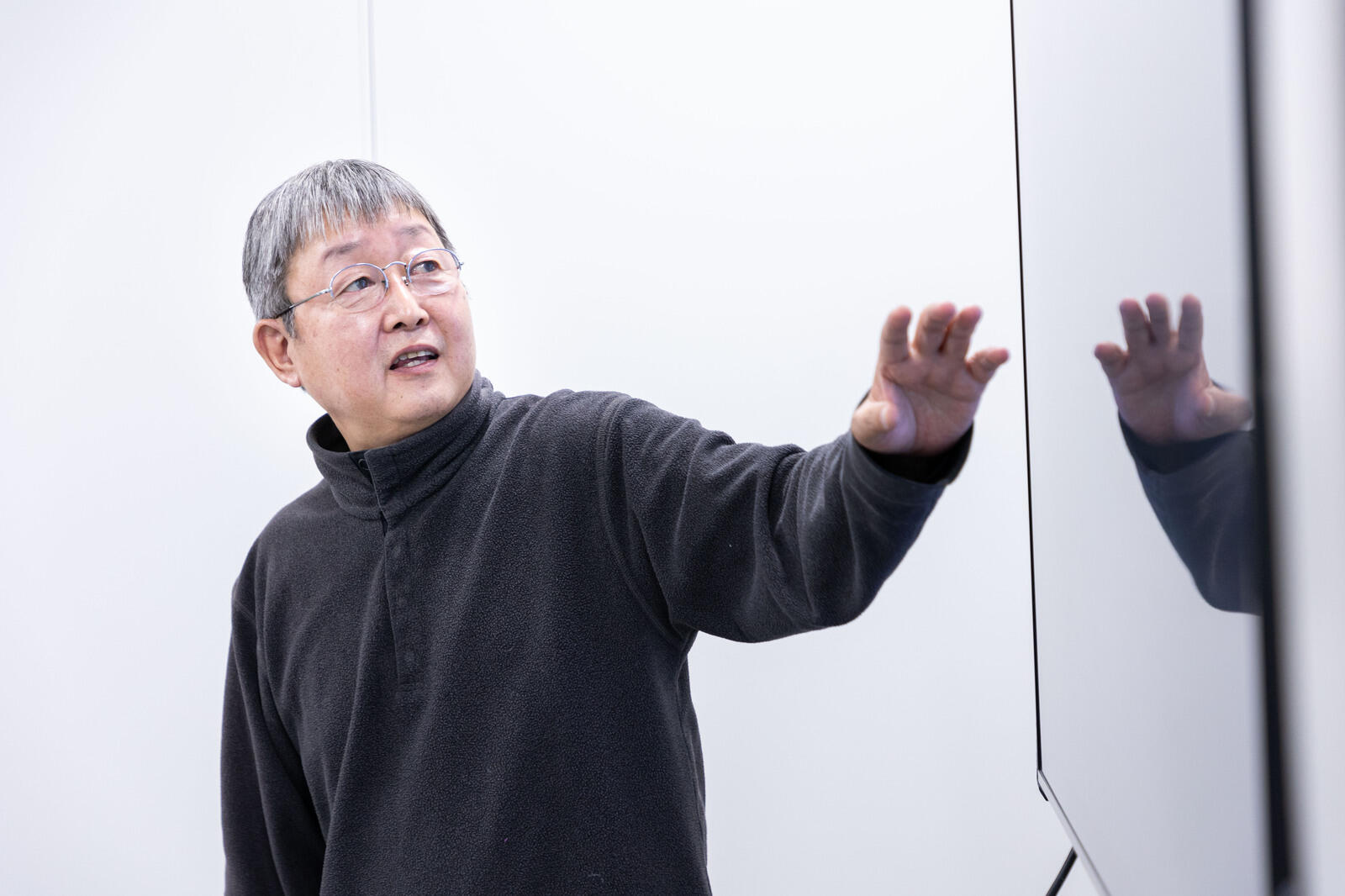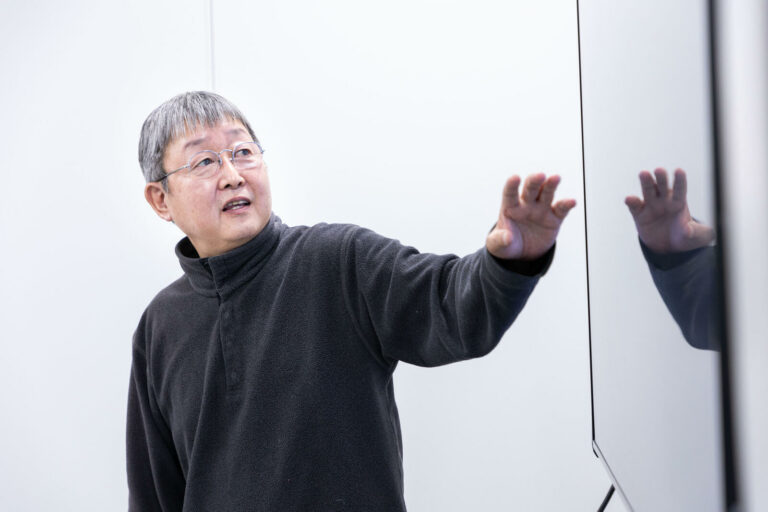The Auditory Experience of Electric Vehicles
While engine sounds have long been a source of joy for car enthusiasts, the advent of electric vehicles (EVs) presents a new challenge: how to create a compelling auditory experience without a traditional engine. Toyota, exploring the realm of electric mobility, has invested in sound design to enhance the driving experience of its battery electric vehicles (BEVs) and hydrogen fuel cell vehicles (FCEVs).
At a company induction ceremony, Akio Toyoda, then president of Toyota, emphasized the importance of the driving experience with all senses. He underscored his belief that “cars are to be experienced with all the senses”, even in the era of electric vehicles. This emphasis led to the creation of unique sounds for their electric vehicles, not just the silence that many might expect.
The challenge, and the opportunity, for Toyota engineers lies in designing sounds that match the driving power and character of each vehicle. The goal is to create an immersive experience that enhances the overall sensation of driving.
Designing Sound: A Question of Identity
Shinichi Sano, assistant manager of Vehicle Performance Development Department No.1, Lexus Vehicle Performance Development Division, has been instrumental in Toyota’s sound design efforts since the 2010s. He has worked on models like the Mirai (FCEV) and the Lexus UX300e (BEV).
When designing the sounds for the Mirai and UX300e, Sano drew inspiration from Fujin, the wind god, and Raijin, the thunder god. The Mirai, which uses hydrogen and oxygen to create electricity, was envisioned to have a wind-like soundscape, while the UX300e was initially considered to have a thunder-like sound.
However, translating the thunder concept into a practical sound wasn’t straightforward. While the idea was initially promising, it proved difficult to create a sound that responded accurately to the accelerator, resulting in a lackluster experience. In the end, the team opted for a more subtle approach. The UX300e incorporates random noise elements blended with ordered tones to deliver a responsive and immersive sound experience.
Ultimately, the goal is to make sure that EVs are just as engaging as their combustion engine counterparts. The sounds of EVs are crucial to creating an enjoyable driving experience.




